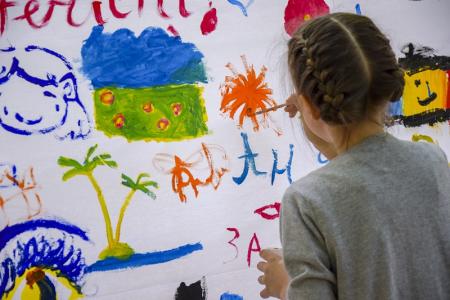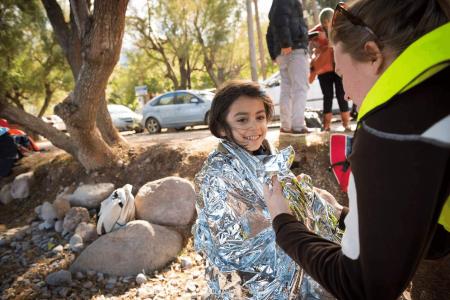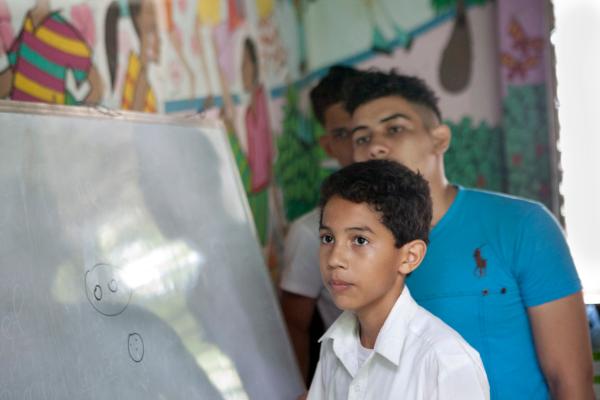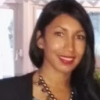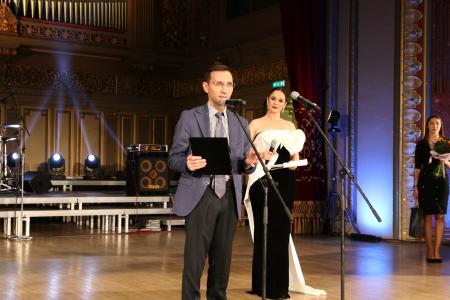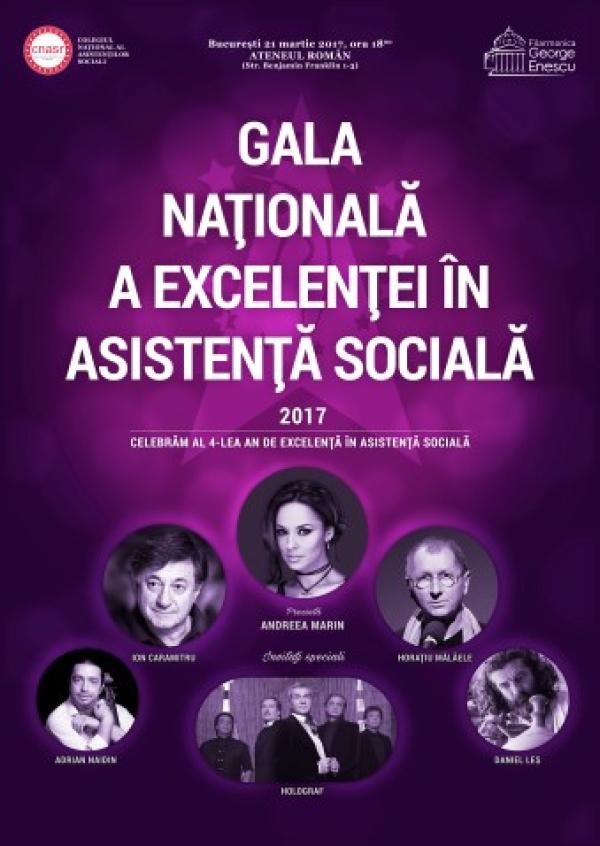General information
Hinda is 18 years old and arrived in Romania alone and 7 months pregnant. She is from Somalia, speaks English and is accommodated in the open refugee center, alone in 1 room with private bathroom.
Context of the GBV related incident
Hinda is shy and keeps to herself, rarely interacting with other asylum seekers in the center. She was referred to NGO assistance by the Immigration personnel in the center because she requested a medical consult for her pregnancy. Hinda is accompanied by a social worker to a state hospital for a free medical checkup which she is entitled too as a pregnant woman in Romania. At the hospital, Hinda refuses the gynecological consult and starts crying, saying that she just wants and echography to find out if the baby is ok. The medical personnel in the hospital are in a hurry and tell her that they cannot see her until she agrees to both procedures. Hinda tells the social worker that she has “the cut down there”. In this way, Hinda reveals that she is a survivor of FGM (Female Genital Mutilation), a practice that happened to her when she was 4 years old back in Somalia. It was done by an older female from her neighborhood, and she remembers that at her school, all the girls were talking about it as a rite a passage, asking each other: “do you have it?”. She remembers stigma and social isolation for the girls who did not get FGM in Somalia.
NGO support
Hinda was assisted in finding appropriate medical care for her situation. Efforts were made to find a suitable doctor with knowledge about FGM to help her deliver her baby safely. Hinda was accompanied to medical visits and information was explained and translated to her as to understand every step of the process. The doctor explained to her that, because of the FGM, she cannot deliver naturally, as this will expose her to risks, and must consider a C-section. Hinda was in contact on the phone with her mother back in Somalia who told her that a C-section is not good and that all the women in Somalia give birth naturally and they are fine. Hinda received detailed information about the differences in the medical systems between Romania and Somalia, adding that birthing naturally with FGM in Somalia was possible because specific practices like defibulation and re-infibulation were illegal in European countries.
Specialists from NGOs offered Hinda psychological support in the context of revealing the FGM episode, but he refused. She said that it is something that happened to her a long time ago and she does not think about it too often, but in the context of the pregnancy and regular medical visits, she needs the medical staff to understand that there are some procedures that scare her.
Institutional intervention is this case was very limited, public hospitals in Romania lack the necessary resources and infrastructure to identify and offer proper care for victims of FGM. The levels of assistance offered by the mainstream health system affects FGM survivors - referrals back and forth from the health system, confusion.
Questions for care professionals
- What tools and strategies can be used to build trust with the client?
- What were Hinda’s needs upon the first visit at the state hospital that the specialists were ignoring?
- Why was it important to identify that Hinda was an FGM survivor? What tools can we use to identify vulnerable groups?
- Why is FGM a form of GBV?
Important information to consider
- Learning how to offer services according to the victim’s needs and understanding the needs of the victims. Sometimes the medical problem is not the most important one. Victims wants to be listened to and heard. Training on sensitivity and knowledge about risk factors – women coming from areas where FGM is prevalent like Sudan, Somalia.
- What do the victims need and want? Some victims do not like coming to clinics to meet other people, some like coming to places that are more welcoming to them than a hospital.
- Sex and Gender: Basic Definitions
Sex
Refers to biologically determined differences between men and women that are universal.
Gender
Refers to the social differences between men and women that are learned, changeable over time and have wide variations both within and between cultures. Gender is a socio-economic variable to analyze roles, responsibilities, constraints, opportunities and needs of men and women in any context.
- Cultural aspects, myths and prejudices related to GBV. What is a human rights violation in European countries is a rite a passage in other countries. Avoid labelling.
- Identification of GBV victims or at-risk persons among young refugees:
- Signs and health consequences of GBV – somatic, psychological, social
- Other illness related with GBV
- Social circumstances and other particular conditions that can lead to become a GBV victim
- Children GBV victim (signs that may indicate an abuse)
- Overcome the cultural differences
- Working with the family
- Approach, risks, traumatization
The methods and techniques used in GBV intervention provided to refugees are different because of:
- Cultural differences: It is very important to be aware of this aspect when working with refugees. Inability to understand or to accept people with different sets of values, different religions, standards and lifestyles from our own may cause suffering, re-traumatization and finally make the assistance provided ineffective.
- Working in a foreign language: When the psychological support is provided in a foreign language, even if it’s a language common for both the therapist and the client, misunderstandings can still appear, and the accuracy of communication can be affected. Vocabulary, level of command, punctuation, style, pronunciation, familiar expressions, or slang are factors of distortion in the communication between therapist and client.
- Working with interpreters: If the client and healthcare assistant do not speak the same language, an interpreter should always be used. If not, important information may be lost and unnecessary misunderstandings may arise. This interpreter is an extra person intervening in the therapeutic relationship and makes the communication process difficult and slow. To work with an interpreter the health provider specialists need special training. The same applies to the interpreter.
GBV intervention should consider the following aspects:
- The psycho-social profile of the migrants; differences between refugees, asylum seekers and other migrants;
- The most frequents psycho-socio-cultural characteristics – beliefs, lifestyle, religion, etc. – by geographic areas of origin (i.e. Africans, Asiatic); the statistic risk of traumas, tortures, ill treatments, war areas, etc. in the country of origin;
- The multicultural psychological and social approach;
- Working with interpreters, their role in facilitating the therapeutic process;
- Intercultural mediation and facilitation
Gender-Based Violence during the refugee cycle
|
Phase |
Types of Violence |
|
|
Prior to flight |
Violence by family or intimate male partners, i.e., |
|
|
During conflict |
Domestic violence (includes physical, psychological, & sexual violence) |
|
|
|
Abuse by persons in power |
|
|
|
Sexual violence by “soldiers” |
|
|
|
Abuse of widows and vulnerable single women, including property grabbing. |
|
|
During Flight |
Attacks by bandits, border guards, pirates (including sexual attacks) |
|
|
|
Capture for trafficking by smugglers, slave traders |
|
|
In the Country of Asylum |
Attacks (including sexual) and extortion by persons in authority (sex for “favors” or basic services) |
|
|
|
Sexual abuse of young girls and vulnerable women |
|
|
|
Domestic violence |
|
|
|
Attacks and sexual violence during daily activities (e.g., collecting firewood, water) |
|
|
|
Sex for survival |
|
Violence against women includes (but is not limited to) the following:
Physical, sexual and psychological violence occurring in the family, including battery, sexual abuse of female children in the household, dowry-related violence, marital rape, female genital mutilation and other traditional practices harmful to women, non-spousal violence and violence related to exploitation. It also includes physical, sexual and psychological violence occurring within the general community, as well as that perpetrated or condoned by the state, wherever it occurs.
Health consequences of violence against women
- Unwanted pregnancy
- Gynecological problems
- STDs including HIV
- Miscarriage
- Pelvic inflammatory disease
- Chronic pelvic pain
- Headaches
- Permanent disabilities
- Asthma
- Irritable bowel syndrome
- Self-injurious behaviors (smoking, unprotected sex)
- Depression
- Fear
- Anxiety
- Low self-esteem
- Sexual dysfunction
- Eating problems
- Post-traumatic stress disorder
Source: “Violence against Women”, WHO Consultation, 1996
Reproduced from: UNICEF, Innocenti Digest 2000,
Innocenti Research Centre
- Practical guidelines for responding to an incident of GBV
Each incident of sexual violence must be examined and assessed for the required action in each of the following areas:
- Protection
- Medical
- Psychosocial
Key points to remember:
- Ensure the physical safety of the victim.
- Prevent any further suffering by the victim.
- Be guided by the best interests of the victim.
- Respect the victim's wishes in all instances.
- Guarantee confidentiality.
- Strict confidentiality is essential.
- Be sensitive, discreet, friendly and compassionate when dealing with the victim.
- Ensure same-gender interviewer/interpreter/doctor.
Immediate action
- Assess whether immediate medical attention is required and if so ensure victim is escorted to the appropriate venue for medical attention.
- Determine whether immediate notification of authorities is required according to the wishes of victim.
- Assess the security of victim and take any necessary action.
Interview
Caseworker conducts a confidential interview with victim. Caseworker liaises with other relevant officers, social and community workers and medical officers. Caseworker counsels victim.
Medical
- Explain medical procedures to victim to minimize possibility of further traumatization.
- Medical follow-up is scheduled and patient informed.
Follow up
Follow-up counselling for victim is scheduled to include: support for post-traumatic effects; support for dealing with family and community reactions; support during legal procedures.
Source: UNHCR, Sexual Violence Guidelines, 1995, Annex 1
About the authors
Elena Pătrățeanu is a coordinating social counsellor at the ICAR Foundation, an organization that provides medical, social, psychological and integration services to asylum seekers and refugees in Romania. Elena has a bachelor's degree in communication, a master's degree in Islamic studies and more than 6 years of experience working with vulnerable groups, such as survivors of torture, inhuman and degrading treatment and sexual and gender-based violence. She is also a trainer, certified by the Romanian National Qualifications Authority and has been involved in providing training to public authorities and NGOs on topics such as working methods with refugees, identifying refugee vulnerabilities, social rights of asylum seekers, social assistance models in working with migrants, etc. In 2016, Elena was selected as a Professional Fellow for the US State Department Professional Fellows On-Demand Program for NGO leaders working with refugee communities in Europe.
Within the ICAR Foundation, she has worked with asylum seekers, refugees, third-country nationals and undocumented migrants, gaining valuable experience working for and with migrants, implementing social counselling and assistance models that involve clients directly, and by focusing on their active participation and feedback to promote customer integration and well-being.
Anca Bucur is a trainer, psychologist and psychotherapist. She has worked for more than a decade at the ICAR Foundation in the field of rehabilitation of victims of torture and other inhuman and degrading treatment. She has completed courses and trainings in Romania and abroad, specializing in the field of trauma psychotherapy. Anca is a trainer accredited by the National Authority for Qualifications, and in this capacity, is experienced in supporting specialization and adult training courses, as well as in their didactic design. She has been involved in numerous European course development projects dedicated to specialists who work in the field of migration and who deal with severely traumatized people. She also gained a wealth of experience working as a school psychologist, and is well versed in the psychological characteristics, interests, and concerns of children and young people. She is familiar with interactive learning methods, methods of activating and motivating working groups appropriate to the proposed purpose.
This case discussion study has been published within the regional project 'Building Relationships through Innovative Development of Gender-Based Violence Awareness in Europe - BRIDGE'. The BRIDGE project is implemented under the lead of the Terre des hommes Regional Office for Europe together with partners from Belgium (Defense for Children International DCI-Belgium and FEDASIL), Greece (ARSIS), Malta (Kopin) and Romania (Tdh Romania), and has the general objective to strengthen the statutory response to GBV affecting children and young people on the move in EU countries.
The BRIDGE project is supported by the European Union’s Rights, Equality and Citizenship Programme (2014–2020).
The content of this case discussion study represents the views of the author only and is his/her sole responsibility. The European Commission does not accept any responsibility for use that may be made of the information it contains.


